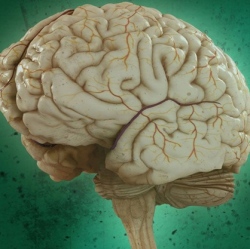
Scientists at The New York Stem Cell Foundation Research Institute, working in collaboration with scientists from Columbia University Medical Center, have for the first time generated induced pluripotent stem (iPS) cells lines from non-cryoprotected brain tissue of patients with Alzheimer’s.
These new stem cell lines will allow researchers to “turn back the clock” and observe how Alzheimer’s develops in the brain, potentially revealing the onset of the disease at a cellular level long before any symptoms associated with Alzheimer’s are displayed. These reconstituted Alzheimer’s cells will also provide a platform for drug testing on cells from patients that were definitively diagnosed with the disease.
Until now, the only available method to definitively diagnose Alzheimer’s disease that has been available to researchers is examining the brain of deceased patients. This discovery will permit scientists for the first time to compare “live” brain cells from Alzheimer’s patients to the brain cells of non-Alzheimer’s patients.
The scientists successfully produced the iPSCs (induced pluripotent stem cells) from frozen tissue samples stored for up to eleven years at the New York Brain Bank at Columbia University.
This advance, published (open access) in Acta Neuropathologica Communications, shows that disease specific iPS cells can be generated from readily available biobanked tissue that has not been cryoprotected, even after they have been frozen for many years. This allows for the generation of iPS cells from brains with confirmed disease pathology and allows access to rare patient variants that have been banked.
In addition, findings made using iPS cellular models can be cross-validated in the original brain tissue used to generate the cells. The stem cell lines generated for this study included samples from patients with confirmed Alzheimer’s disease and four other neurodegenerative diseases.
